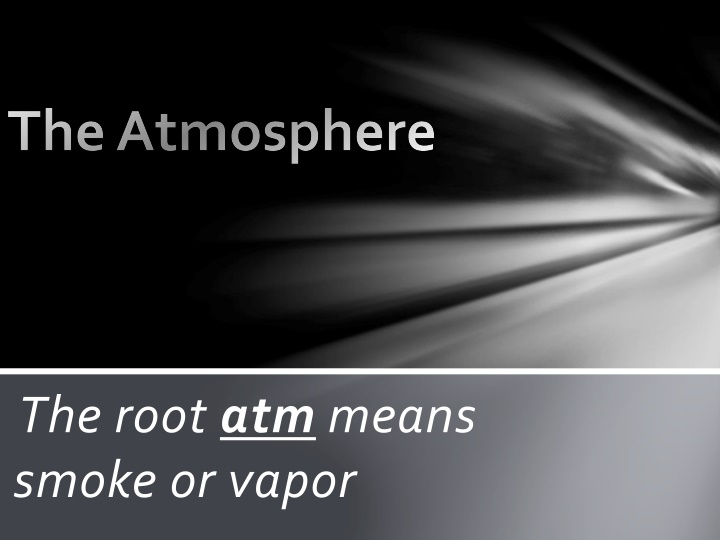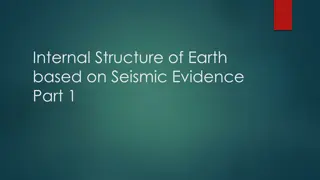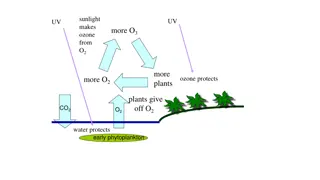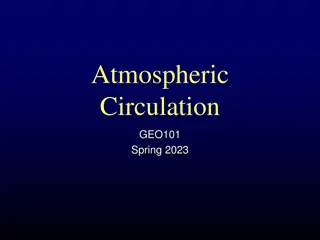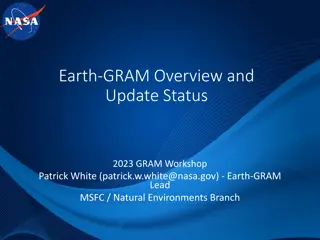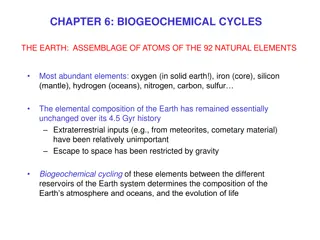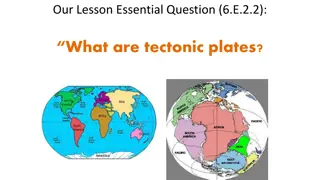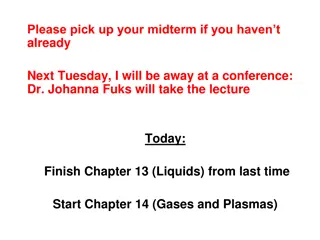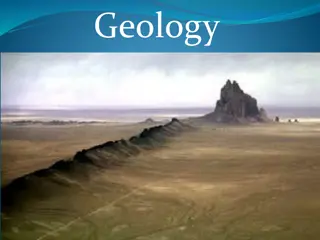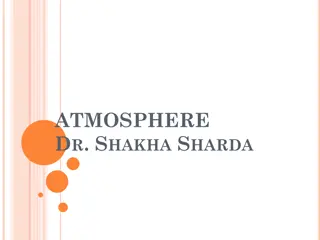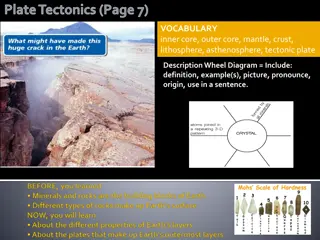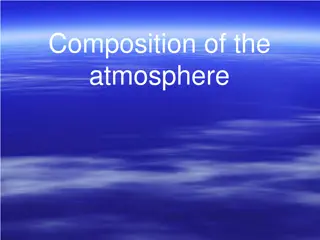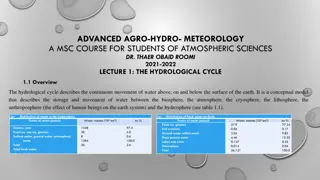Overview of Earth's Atmosphere Layers
The Earth's atmosphere is composed of several distinct layers, each with its own unique characteristics and functions. From the Exosphere to the Troposphere, learn about the composition, temperature variations, and interactions of these layers. Discover how energy flows through the atmosphere and interesting facts about the mesosphere. Explore the impact of the atmosphere on Earth's weather, environment, and other spheres. Delve into the complexities and mysteries of our planet's protective atmospheric blanket.
Download Presentation

Please find below an Image/Link to download the presentation.
The content on the website is provided AS IS for your information and personal use only. It may not be sold, licensed, or shared on other websites without obtaining consent from the author.If you encounter any issues during the download, it is possible that the publisher has removed the file from their server.
You are allowed to download the files provided on this website for personal or commercial use, subject to the condition that they are used lawfully. All files are the property of their respective owners.
The content on the website is provided AS IS for your information and personal use only. It may not be sold, licensed, or shared on other websites without obtaining consent from the author.
E N D
Presentation Transcript
The Atmosphere The root atm means smoke or vapor
The Atmosphere covers the whole earth!
General Information Exosphere (exo) meaning outer or beyond, so this is the outermost layer of our atmosphere. where the atmosphere thins out and merges with interplanetary space. Thermosphere (thermo) meaning temperature.Within this layer, ultraviolet radiation (UV) causes ionization. The thermosphere begins about 85 kilometers (53 mi) above the Earth. At these high altitudes, the residual atmospheric gases sort into strata according to molecular mass. Thermospheric temperatures increase with altitude due to absorption of highly energetic solar radiation. Mesophere (meso) meaning ball in Greek. The upper boundary of the mesosphere is the mesopause it is the coldest part of Earth's atmosphere. This sphere generates waves and strong zonal (East-West) winds. Stratosphere- about 8 to 30 miles high, no weather occurs in the stratosphere. The stratosphere is 15% of the total mass of the atmosphere, and is where the ozone layer is located. Air temperature slowly increases with height in the stratosphere. Troposphere- is the lowest major atmospheric layer, reaching from the Earth's surface up to the bottom of the stratosphere. The troposphere is where all of Earth's weather occurs. It contains approximately 80% of the total mass of the atmosphere.
Sphere Interactions Since the atmosphere covers the whole earth and more, it affects is interacting with multiple spheres. The weather happens in the Troposphere and regulates the environment on earth. The moon that is in the Exosphere affects the tides of the ocean. The wind produced in the Troposphere erodes rocks and other objects http://www.youtube.com/watch?v=4RXmD_QJYdw along with acid rain which also erodes statues and rocks.
How does the Energy Flow? This graph show the sun s energy transfer through the atmosphere.
Fun Facts The mesosphere lies above the maximum altitude for aircraft and below the minimum altitude for orbital spacecraft. It has only been accessed through the use of sounding rockets. As a result, it is the most poorly understood part of the atmosphere. Millions of meteors enter the atmosphere, an average of 40 tons per year. Within the mesosphere most melt or vaporize as a result of collisions with the gas particles contained there. This results in a higher concentration of iron and other refractory materials reaching the surface.
